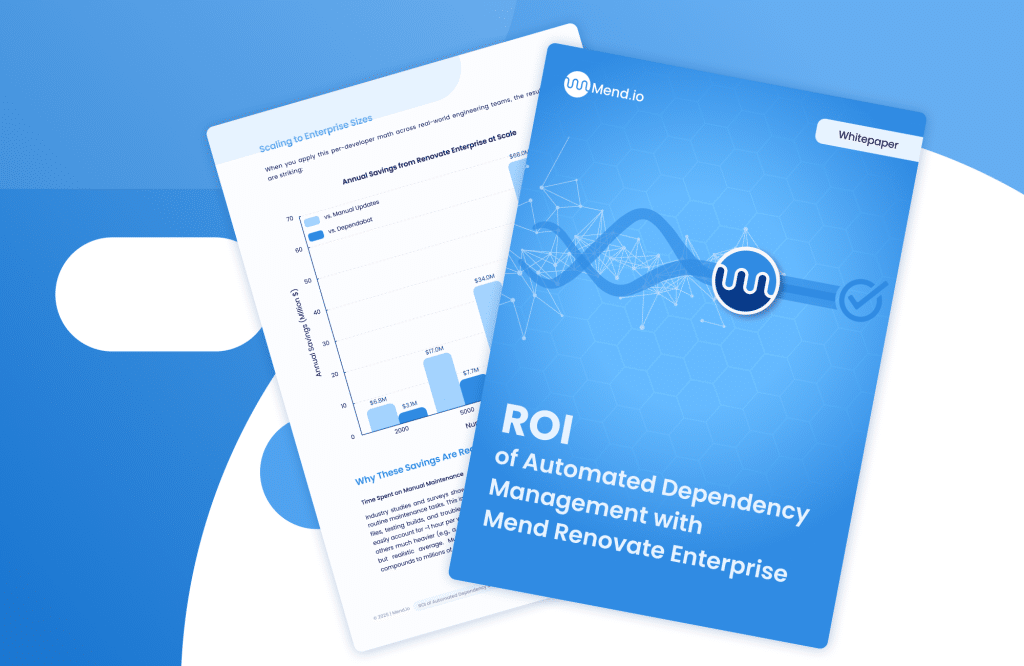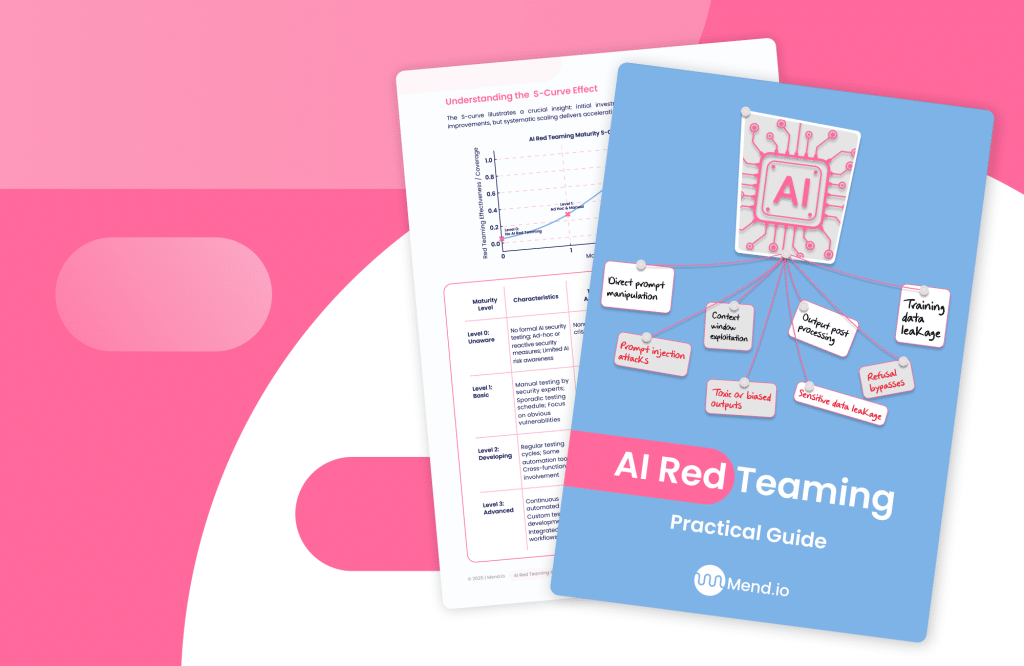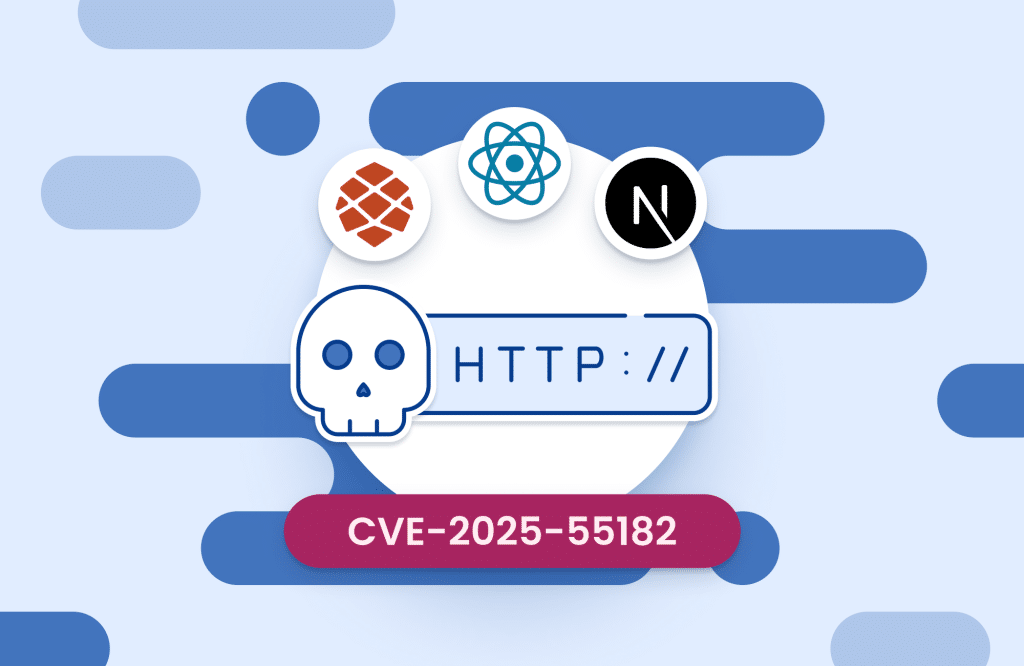Table of contents
SCA Security: How to Make a Strong Business Case for Software Composition Analysis

The increasing use of open source software has brought both innovation and new risks. Modern development relies on thousands of open source components, but with each dependency comes potential exposure. As the number of open source vulnerabilities continues to grow, organizations face a higher risk of software supply chain attacks. According to the Mend Open Source Risk Report, the number of newly reported vulnerabilities grew by more than 30% year over year.
To manage these risks effectively, companies need reliable SCA security practices—software composition analysis tools that can detect, prioritize, and remediate vulnerabilities in open source components before they reach production. Yet, for many organizations, justifying the investment in SCA can be challenging. Security leaders often need to show how SCA directly reduces risk, saves resources, and supports business continuity.
This article outlines how to make a strong case for adopting SCA security, from explaining the scale of the problem to demonstrating measurable value. This article is part of a series of articles about Software Composition Analysis.
The Growing Risk in Open Source Dependencies
Open source code has become the foundation of nearly every modern application. Studies show that between 70% and 90% of all software includes open source components. This wide adoption means that vulnerabilities in third-party libraries now account for a significant portion of all software exploits.
Attackers have learned to exploit this dependency chain. Tools that automate vulnerability detection, such as those used for OWASP dependency check, can also be used by threat actors to identify weak points in widely used components. When developers and security teams lack equivalent visibility, attackers hold the advantage.
The result is a continuous race between discovering vulnerabilities and patching them before they are exploited. Without effective SCA security, that race is almost impossible to win.
What SCA Security Delivers
Software composition analysis identifies all open source components within an application’s codebase and compares them against known vulnerabilities listed in databases such as the NVD or CVE list. Modern SCA tools go beyond detection by assessing exploitability and providing automated remediation options.
An effective SCA tool maps dependencies across your environment, monitors for new vulnerabilities, and helps prioritize which issues to fix first. It provides visibility into how components interact and whether updates or patches introduce additional risk.
Different types of scanning focus on different layers of software. While container scans assess the security of runtime environments, an SCA scan targets the code dependencies themselves. Each plays a distinct role, but only SCA provides a complete view of open source security at the source level.
Making the Case for SCA Security
Convincing decision makers to invest in SCA security requires framing it as a risk mitigation and efficiency solution rather than a technical upgrade.
First, quantify the problem. Identify the number of open source components used in your applications and how many contain known vulnerabilities. Then, estimate the time spent on manual tracking, patching, and verification. This helps translate technical risk into measurable operational cost.
Next, emphasize efficiency. Modern software composition analysis tools integrate directly into CI/CD pipelines and development environments. They automate vulnerability detection, remediation, and policy enforcement, reducing both time and error rates. Security shifts left, reaching developers earlier in the process without slowing productivity.
Finally, focus on resilience. The goal is not only to prevent a breach but to maintain confidence in the software supply chain. With SCA security in place, organizations can detect risks earlier, track them continuously, and reduce the impact of any potential exposure.
Asking the Right Questions
Before choosing an SCA product, security and development teams should clarify what they need most from a solution. The right questions help evaluate whether a tool can meet the organization’s scale and workflow needs.
Some teams focus primarily on automation and integration with existing DevOps processes. Others prioritize accuracy, speed, and coverage across different languages and frameworks. These considerations determine which solution best aligns with operational goals.
Questions like those covered in Mend’s review of SCA solutions can help evaluate the practical strengths and limitations of each tool—especially in how they manage vulnerability prioritization, reporting, and policy enforcement.
The Cost of Neglect
Neglecting SCA security has direct and indirect consequences. Without proper scanning and monitoring, open source vulnerabilities can remain unnoticed in production environments. Once exploited, they can lead to data breaches, downtime, and reputational damage.
The 2017 Equifax breach illustrates this risk. A known vulnerability in the Apache Struts component went unpatched, exposing personal data for over 140 million people. The total cost of the incident exceeded hundreds of millions of dollars, not including long-term trust and compliance losses.
Most breaches of this kind are preventable. An effective SCA program would have identified the vulnerable dependency, prioritized it for patching, and verified remediation before deployment. The lesson is simple: SCA security isn’t an optional safeguard—it’s a baseline requirement for managing open source risk.
Integrating SCA Security into the AppSec Program
SCA security is most effective when integrated into a broader application security strategy. It complements other testing methods by focusing specifically on open source dependencies and how they interact with proprietary code.
Static and dynamic testing identify issues in custom code and runtime behavior, but they don’t address the risks introduced by external libraries. By combining SCA with other forms of analysis, organizations create more comprehensive coverage across the software development lifecycle.
For example, understanding SCA vs SBOM helps clarify how SCA supports software bill of materials management. SCA continuously maintains an up-to-date inventory of components, while SBOMs serve as auditable records of what was used in a particular release. Together, they improve transparency, compliance, and security readiness.
From Awareness to Action
Building a strong case for SCA security requires connecting open source risks to organizational outcomes. The goal is not simply to prevent vulnerabilities, but to sustain development velocity without compromising security.
When SCA security is properly implemented, it allows teams to:
- Maintain continuous visibility into open source dependencies
- Detect and prioritize vulnerabilities early in development
- Automate fixes and enforce security policies without manual intervention
- Demonstrate compliance and audit readiness through transparent reporting
The result is a more secure and efficient development environment. Organizations that integrate SCA into their workflows are better equipped to manage the expanding landscape of open source risk.
Effective implementation starts with selecting the right tools, aligning them with team workflows, and reinforcing policies across the lifecycle. Teams that mature their approach gain both agility and confidence in how they manage software risk.













